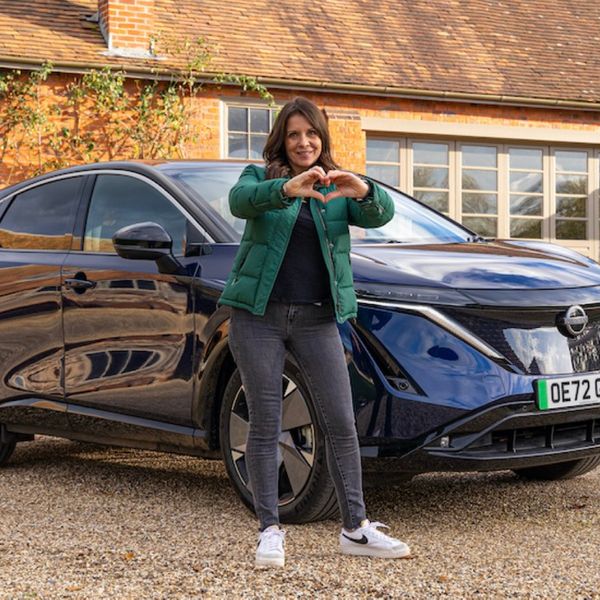What is the new energy strategy?
It is a plan to decrease our reliance on fossil fuels, like oil and gas, by increasing the number of renewable sources of energy in the UK. That should mean that the price of our energy shouldn't fluctuate so much
Why is it important?
The price consumers pay for the energy they use is, in part, dependent on the price of oil and gas on the global market. If the UK's energy is less dependent on oil and gas to produce it, our energy bills shouldn't need to fluctuate so much.
Why don't we just use UK sources of fossil fuels instead of building renewable sources?
The oil and gas produced within the UK is no longer owned by the UK, but by the company drilling for it. This means it is subject to the same global market pressures as all other oil and gas. increasing the release of fossil fuels from the ground would decrease cost in the short term, but there isn't an infinite amount. Unlike wind, for example. There's a lot of that.
How much oil and gas do we use to make our power now?
According to the government press release, approximately 40% of the energy in the UK comes from sources powered by fossil fuels.
How much does the strategy say we aim to reduce it by?
The aim is to decrease our reliance on fossil fuels so much, that by 2030, only 5% of the UK's power is produced by them.
Which renewable energy sources are we going to switch to?
The strategy sets out plans to increase production of renewable energy by growing wind, solar, nuclear and low carbon hydrogen.
What is low carbon hydrogen?
Low carbon hydrogen is produced via electrolysis, powered by the electricity produced by wind turbines. The hydrogen can then be used by British industries instead of fossil fuels, as well as in transport.
Why is nuclear included in the strategy?
Nuclear is the only section of the strategy that is considered a 'reliable' energy source. There will be days the wind dies down. There will be long, dark winter nights where solar naturally produces less energy. If the government target of reducing reliance on fossil fuels to produce just 5% of our energy is to be achieved, a more reliable energy source needs to be included.
The strategy includes building 8 new nuclear reactors to produce up to 24GW of electricity by 2050. The UK currently had 6 plants producing about 15% of required energy, however all of these will need to be shutdown by 2030 as they reach then end of their lives.
Is nuclear energy safe?
The International Atomic Energy Agency, part of the United Nations, says that nuclear power stations are among "the safest and most secure facilities in the world'. High profile incidents such as those in Chernobyl and Fukushima highlight worst-case scenarios, however these are extremely rare. Arguably, a bigger concern is the hazardous waste produced during the operation of a nuclear reactor that needs to be stored for many years until it becomes safe.
Why hasn't insulation of homes been included in the strategy?
It is a good question, being asked by many campaign groups. After all, using less energy to heat our homes not only reduces our dependence on fossil fuels, it also decreases our energy bills in the short term. In a sense, it has been included in that there is a temporary tax break on installing insulation in your home, but for many, the upfront cost will be too great. There are grants available for those on particular benefits however, so it is worth checking your availability.
How will this help decrease my energy bills?
Unfortunately, the energy strategy won't make any immediate difference to energy bills. It's a long-term strategy that aims to decrease our dependence on fossil fuels over a number of years. In the meantime, energy bills will remain high and there will also be a further increase in October.
In the immediate, there are temporary tax breaks on installing energy-saving measures in the home, including solar panels, insulation and heat pumps. All of these can help to decrease your household bills, yet all still require an initial investment.
If you are struggling with paying your energy bills, you should contact your energy provider. All have money set aside to help customers in need.
Helpful links:
Citizen's Advice - for help in paying bills via benefits and to apply for a grant
Martin Lewis, the Money Saving Expert - for ways to save money on heating the home
Simple Energy Advice - the government website to help apply for home insulation grants











